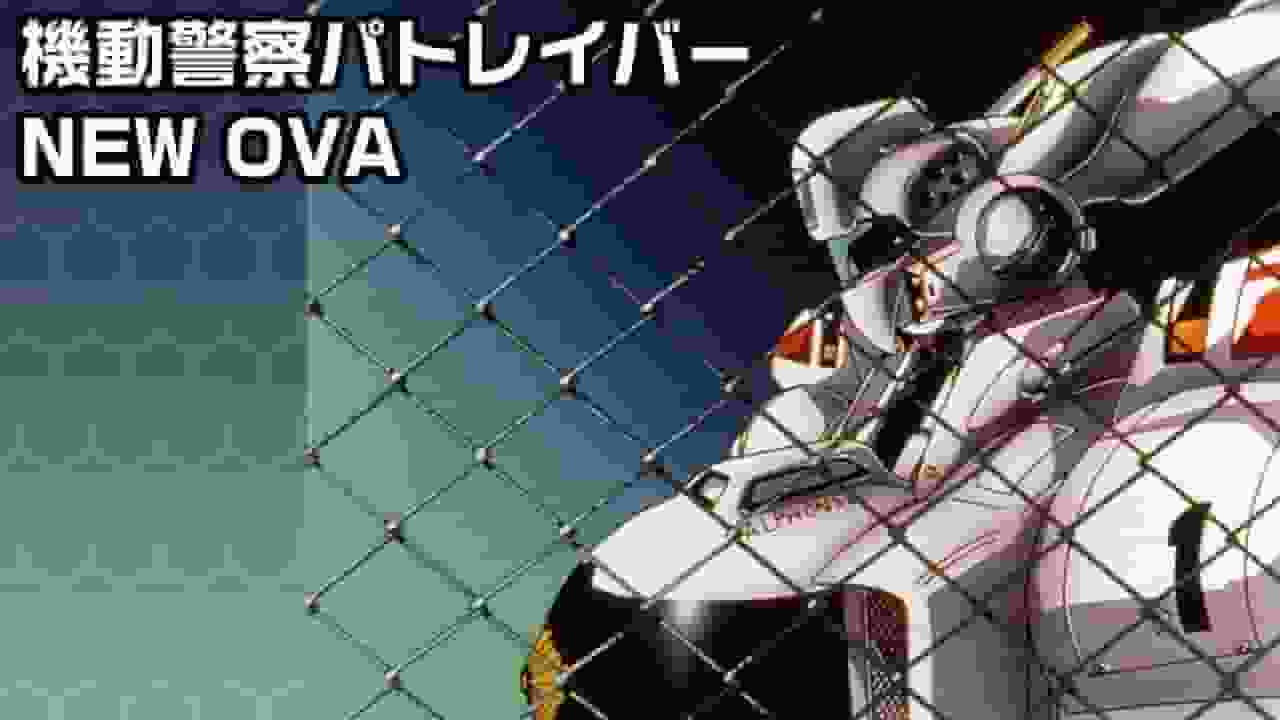RDG Red Data Girl: A thorough analysis of the fascinating story and character depth

RDG Red Data Girl - A story of a girl's growth and destiny■ Public MediaTV anime series ■ Original Medianovel ■ Broadcast periodApril 3, 2013 - June 19, 2013 ■Broadcasting stationTOKYO MX ■Frequencieshalf an hour ■ Number of EpisodesEpisode 12 ■Original StoryOriginal story by Noriko Ogihara ■ DirectorToshiya Shinohara ■ ProductionPAWORKS ■Works©2013 Noriko Ogiwara, Kadokawa Shoten / "RDG" Production Committee ■ StoryI want to change, I want to change. Me and the future... Kumano Kodo, a designated World Heritage Site, is where Tamakura Shrine quietly stands. Suzuhara Izumiko was raised by her grandfather, the shrine's chief priest, and knows almost nothing of the outside world. She has long braided hair, glasses, and is shy. For some reason, whenever Izumiko touches something, her computer or cell phone freezes. "I want to be a more normal girl." One day, as she worries about being different from the people around her, her childhood friend Sagara Miyuki appears at Tamakura Shrine and transfers to the junior high school Izumiko attends --!? -- A great destiny that even Izumiko herself does not know about begins to quietly unfold! ■ExplanationA girl's wish to become "normal" changes the future - a new school fantasy with no good or evil! "RDG Red Data Girl" is a new modern fantasy by popular author Noriko Ogiwara, who has created many popular works such as the "Sky Blue Magatama" magatama trilogy and the "Good Witch of the West" series, and is supported by a wide range of fans from children to adults. The story of a shy girl who grows up while struggling and faces the future is vividly depicted by a luxurious animation staff! ■Cast・Suzuhara Izumiko/Hayami Saori/Sagara Miyuki/Uchiyama Kouki/Muneta Maki/Yonezawa Madoka/Muneta Manatsu/Ishikawa Kaito/Muneta Masumi/Kimura Ryohei/Sagara Yukimasa/Fukuyama Jun/Wazumiya Satoru/Kugimiya Rie/Takayanagi Ichijo/Nojima Yuji/Kisaragi Jean/Hokako/Bridcutt Sarah Emi/Murakami Hotaka/Ishida Akira/Suzuhara Shiko/Paku Michimi/Suzuhara Taisei/Inoue Kazuhiko/Himegami/Tanaka Rie ■ Main staff・Original story/Noriko Ogiwara・Director/Toshiya Shinohara・Series composition, script/Michiko Yokote・Character concept/Mel Kishida・Character design/Minako Shiba・Art director/Junichi Azuma・Color design/Naomi Nakano・Director of photography/Yukiyo Kajiwara・Editor/Jin Nogawa・3D director/Yoshimasa Yamazaki・Special effects/Chie Kato・Sound director/Kazuhiro Wakabayashi・Sound effects/Eiko Morikawa・Music/myu, Masumi Ito・Music production/Lantis・Animation production/PAWORKS ■ Main Characters・Izumiko Suzuhara ・Miyuki Sagara ・Mayura Souda ・Manatsu Souda ・Masumi Souda ・Takayanagi Ichijo ・Kisaragi Jean Honoka ・Hodaka Murakami ・Yukimasa Sagara ・Satoru Kazumiya ■ Main robot items・Ame-no-Uzume-no-Mikoto ・Iwato ・Onmyoji ・Vengeful spirits ・Kagura ・Incantations and prayers ・Spirited Away ・Demon's Gate ・Quick and proper implementation of the law ・Kuzuryuu Okami ・Kuji (lottery) ・Kumano Kodo ・Barrier ・Experimenter ・Familiar Gods ・Self-defense ・Saniwa ・Shikigami ・Shakujo (a staff) Shugendo is a religion that was established when ancient Japanese mountain worship was combined with foreign esoteric Buddhism and Taoism. It is a practical religion centered on rituals, where people train at sacred mountains to obtain miracles, and engage in magical and religious activities. ・Divine spirits The souls of gods. Or, virtuous souls that have become gods. ・Endangered species ・Atavism ・Tamakura Shrine ・Subjugation ・Ninja ・Haguro Backgammon is a board game played by two players. Each player moves 15 pieces arranged on the board according to the number on the dice, and the winner is the player who reaches the goal before the opponent. The modern style of the game was established in the United States in the 20th century, but its origins can be traced back to ancient Egypt, making it the "world's oldest board game." ・Himegami ・The Battle of Hachioji Castle ・Possession ・Charm ・Hojo Ujiteru ・Insects ・Miko (shrine maiden) ・Mineiri Shugyo (Training in the mountains) ・Yabusame (horseback archery) ・Yamabushi (mountain priest) ・Yorimashi ・Spiritual talisman ・Spiritual power ■SubtitleChapter 1: My First Transfer Student Chapter 2: My First Palm Chapter 3: My First Errand Chapter 4: My First Roommate Chapter 5: My First Makeup Chapter 6: My First Sleepover Chapter 7: My First Lost Child Chapter 8: My First Request Chapter 9: My First Show-Off Chapter 10: My First School Festival Chapter 11: My First Rejection Chapter 12: The World Heritage Girl ■ Theme songs and music・OP1 ・ED1 ・ED2 ・Insert song 1 ■ Review"RDG Red Data Girl" is an anime series based on the original novel by Noriko Ogiwara, and was broadcast in 2013. The story depicts the growth and fate of Suzuhara Izumiko, a girl who grew up in Tamakura Shrine, located on the Kumano Kodo trail. Izumiko is naive and shy, but through her encounters with her childhood friend Sagara Miyuki and other new friends, she comes to understand herself and grows as a person. The charm of this work lies above all in the character of Izumiko. She has long braided hair, glasses, and a shy personality. However, she has a special ability that freezes electronic devices when she touches them, and this becomes an important element in the story. Izumiko's wish to "become a normal girl" will greatly influence her growth and destiny. The characters surrounding Izumiko are also fascinating. Her childhood friend Fuyuki has excellent grades and good looks, but comes from a special background as a mountain ascetic. Her roommate Muneta Mahiyo is a beautiful girl with top grades, but cares for her younger brother Manatsu above all else. Through her interactions with these characters, Izumiko reexamines herself and grows as a person. The anime is produced by PAWORKS and features beautiful backgrounds and character designs. In particular, the depictions of the Kumano Kodo and Tamakura Shrine are visually stunning and enhance the atmosphere of the story. The music is also by myu and Masumi Ito, and the opening theme "Small World Drop" and the ending theme "Premonition" have beautiful melodies that symbolize the theme of the story. The story revolves around the growth and fate of Izumiko, but elements of Japanese mythology, onmyoji, ninjas, and other elements are woven into it, giving it a strong fantasy feel. In particular, the appearance of mythical beings such as Ame-no-Uzume-no-Mikoto and Kuzuryu-no-Okami gives the story depth and breadth. Another distinctive feature is that each episode has a unified subtitle, "First Time...." This emphasizes Izumiko's growth by depicting the events and feelings she experiences for the first time through her encounters with new people and environments. Overall, "RDG Red Data Girl" is a moving story depicting the growth and destiny of Izumiko, and is a fascinating work that combines beautiful visuals and music with elements of Japanese mythology and fantasy. In particular, it is a school fantasy that depicts the worries and growth of adolescence, and is sure to resonate with many viewers. ■Recommendation"RDG Red Data Girl" is a school fantasy that depicts the worries and growth of adolescence, and is a work that can be recommended to many viewers. It is especially recommended for those who can empathize with the character of Izumiko and those who like Japanese mythology and fantasy elements. Also, this work is not to be missed by those who want to enjoy beautiful visuals and music. Furthermore, this work is based on the original novel by Noriko Ogiwara, so fans of the original novel will also be satisfied with the content. After watching the anime, reading the original novel would be one way to enjoy it. Overall, "RDG Red Data Girl" is a wonderful work that combines a moving story, beautiful visuals, and charming characters. It is a work that I would like many people to see. |
<<: The appeal and evaluation of the second series of "Kuro Majo-san ga Toru!!"
Recommend
Weinstein rape conviction overturned by New York Supreme Court
The New York Court of Appeals, the highest court ...
"Uncharted" movie set photos revealed Drake and Sullivan appeared
The movie "Uncharted" adapted from the ...
The manga "Ooku" by Yoshinaga Fumio will be released in an animated version this summer
Today (March 25), Netflix announced that the mang...
"Godzilla 2" "The King is Coming" trailer has too many monsters to count
A few days ago, the third film in the "Monst...
Dodge Danpei: The Charm and Evaluation of Hot-Blooded Dodgeball
Welcome to the world of hot-blooded dodgeball - D...
The 20-year special effects classic "Little Lubao" movie has revealed many of its main characters and will be released on July 31
How many of you have seen the classic special eff...
Huayi denies rumors of unfair terms for the release of "Eight Hundred", saying it wants to protect the film market
Recently, a media report said that when the movie...
Makoto Shinkai’s new work “Weathering with You” will release the latest opening video on June 30th!
Makoto Shinkai, the famous Japanese director know...
Qian Zhilian Iron Spider action figure is available for pre-order at a price of about 600 yuan
Today (September 30), Chi-Zhi-Lian's latest M...
Megan Fox confirmed to star in The Expendables 4
Lionsgate recently confirmed the movie "The ...
The author of "Demon Slayer: Kimetsu no Yaiba" releases special new illustrations to show that everyone has a responsibility to prevent the epidemic
As the epidemic has spread around the world recen...
Posters and stills of the epidemic-themed thriller "Songbirds" focus on the coronavirus No. 23
Recently, the epidemic-themed thriller "Song...
If you want to watch the content of the five major video platforms, the annual membership fee is at least 1,130 yuan
According to recent media reports, the VIP member...
Full Metal Panic? Fumoffu - Appreciated for its perfect balance of laughter and action
Full Metal Panic? Fumoffu - School life full of l...
The final 25 episodes of the new version of the animation "Fruits Basket" will be aired on September 20, and new stills and characters have been released
The new animated version of the classic manga &qu...









